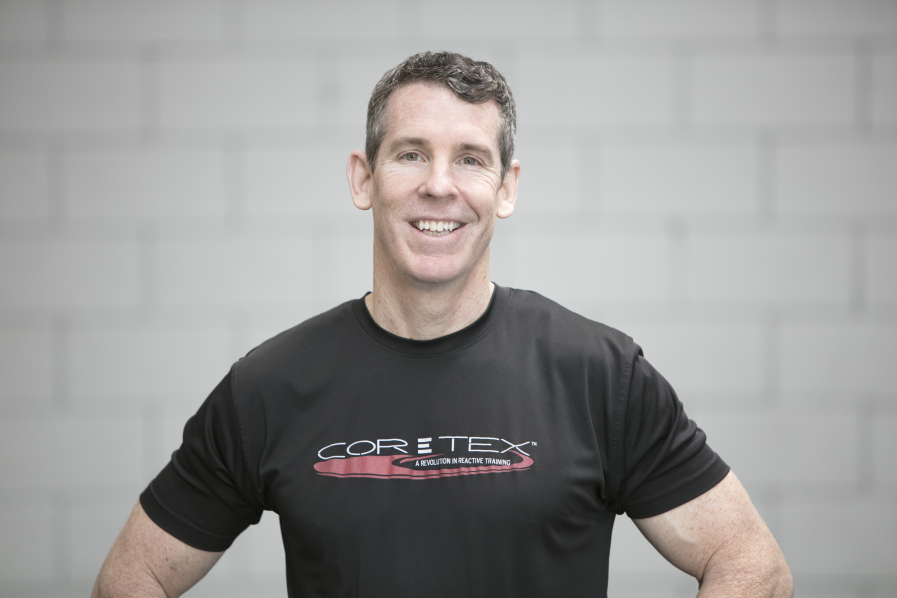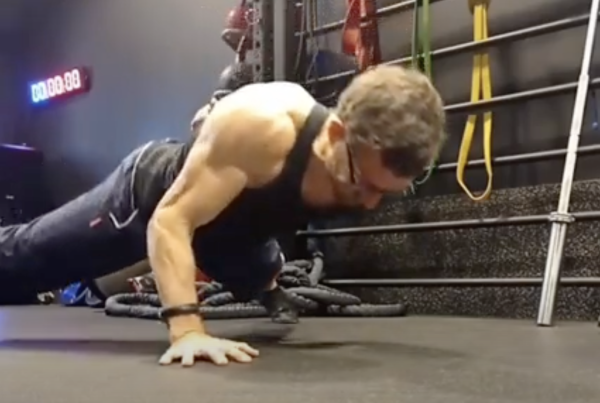Principles are fundamental truths that have universal relevance. They are nature’s laws that endure through time and cannot be broken. Anthony Carey, owner of Function First and co-creator of the Pain-Free Movement Specialist curriculum, shares 10 principles which make up the foundation that is the Function First Approach to Corrective Exercise.
-
Corrective exercise is a journey, not a destination
With all that we are up against as humans, to assume we are ever really ‘done’ is unrealistic. Between long-established musculoskeletal history, genetics, environmental factors, new activities, psychosocial stressors, nutritional factors, etc., there is always room for improvement. Does that mean we never attempt anything until we are almost perfect? Quite the contrary. One of our fundamental principles is that every corrective exercise programme ascends in biomechanical and neurological complexity to prepare the client for the day’s life, fitness or work demands.
-
Corrective exercises are a means to an end, not an end in and of themselves
If I am doing a good job with my clients, I am constantly clearing my schedule. My goal is to improve the quality and confidence of my clients’ movement, so they can pursue the activities they enjoy and the health benefits their bodies need.
Corrective exercises evolve into strategic movement preparation before activity. More remedial exercises may provide a restorative day when needed. All the while, the client’s activity level is ramping up towards more traditional fitness goals.
-
We change the invisible before we change the visible
Movement synergies will be observed and can be immediate before any noticeable structural changes in the body. Proprioceptive input and the resulting changes in motor output are not dependent upon significant structural/postural changes.
Interestingly, some of this will also be attributed to movement-confidence factors as a result of the trainer/therapist relationship to the client/patient, the environment and hosts of other psychosocial factors.
-
All forms of myofascial release have a corrective function but are not corrective exercises
We regularly employ forms of self-myofascial release (SMR) as a valuable tool towards clients’ independent care. I believe SMR can be a critical component of the overall corrective strategy but it is no more an ‘exercise’ than myofascial release provided by a practitioner.
Therefore, SMR alone is an incomplete intervention and should always be complemented by corrective exercises that require motor control/motor learning components necessary for lasting change.
-
Corrective exercises are programmed and progressed following pre-determined objectives, just like any other exercise programming
As Steven Covey says, “Begin with the end in mind.” There are movement efficacies (without pain) that we want our clients to achieve. When they demonstrate these to us, we progress. Some demonstrate this in the first meeting and some take several weeks. If progress is not occurring, we modify our strategy.
Repeating the same remedial corrective exercises or spinal stability exercises for months does not provide the needed stimulus for progress.
-
A corrective exercise has less to do with intensity or complexity than it does with purpose and competency
In the Function First Approach model, supine diaphragmatic breathing and a multiplanar lunge with an arm reach can both be considered corrective exercises. Does the exercise have a specific objective towards what you hope to influence on this client? Does it provide the necessary levels of variability and demand to promote improved competency?
With corrective exercises, progressions are much more than added resistance, reps or durations.
-
If you believe you can positively influence your client’s movement with the right exercises, then you must also believe you can negatively influence their movement with the wrong exercises
The above statement is my modification of a statement I read by Shirley Sahrmann PhD. Beyond the obvious of what creates pain, it’s important to consider the effects of load and repetition on the motor systems response. We don’t lunge for the sake of lunging or squat for the sake of squatting. Is it the right exercise at this time for this client?
-
If variability is not built into your corrective exercise programming, the motor system is not given the stimulus to expand and further develop the body’s movement catalogue
Repeating the same remedial corrective exercises or spinal stability exercises for months on end does not provide the needed stimulus for progress. The goal is competency and not perfection, because no two repetitions are ever exactly alike. Building in variability to your programme expands the motor system’s available catalogue and resources for both predictable and unpredictable movement.
In the initial six to eight weeks at Function First, we modify the client’s home programme every two weeks to ensure variability.
-
Continued use of terms such as ‘weak’, ‘tight’ or ‘inhibited’ perpetuates an isolationist view of the body and distracts clients/athletes from the primary objective: improved movement
The relevance of a ‘weak’, ‘tight’ or ‘inhibited’ muscle is not lost on us. But it’s only one variable in a very comprehensive interaction of all the systems in the body. Focusing on a muscle or muscles in this way suggests a linear relationship to your goal. Assuming an ‘if this, then that’ relationship with the human body is a path to limited success.
-
Corrective exercises applied to the individual with chronic pain are as much about movement novelty, graded exposure, reducing apprehension and instilling movement confidence as they are about addressing movement ‘dysfunction’
As a non-licensed fitness professional, it is outside my professional boundaries to ‘treat’ anyone or diagnose an injury. Yet 99% of clients come to me due to chronic pain. Pain does not dictate what we do with the Function First Approach but it does limit our options. We respect the pain and all its biopsychosocial components.
We are of the opinion, based on the interpretation of the research, that the postural-structural-biomechanical model is still relevant to the chronic pain sufferer. But that relevance is weighted differently in our programming on a client-by-client basis. This magnifies how influential approaching clients in pain from a biopsychosocial perspective is.








